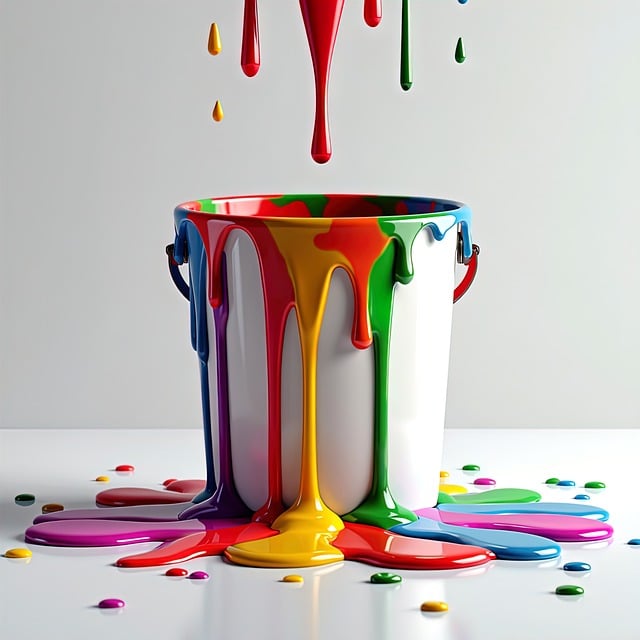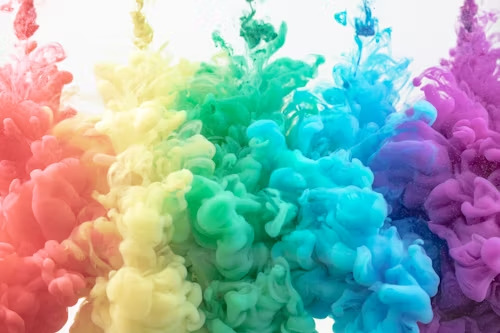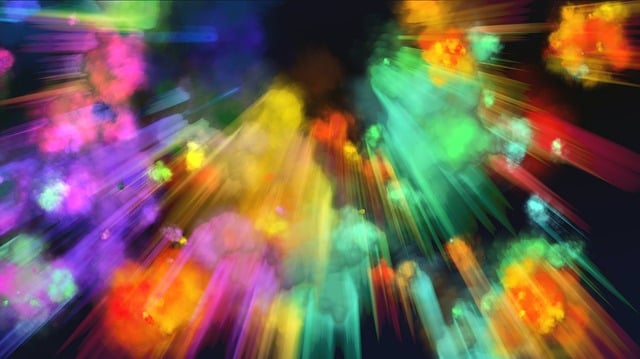Color is more than just something we see; it can affect how we feel, our mood, and how we perceive a space. This is otherwise called color psychology; it’s the study of how colors affect one’s behavior and moods.
Mood colors are specific colors that can make people feel certain emotions. Picking the right colors can make people feel happier and create a positive mood around them.
This article shows you how to pick colors for your room and clothes that can make you feel happy.
What is Color Psychology?
Color psychology explores how colors impact our feelings, thoughts, and actions. Different colors create different emotions. For example, blue tones can help us feel calm, while red can bring energy and urgency. By knowing how colors affect us, we can pick specific colors to reduce stress or boost creativity as needed.
How Color Associations are Developed
Cultural, personal, and physiological influences shape our color perceptions. For example, in Western cultures, white is seen as a symbol of purity, while in some Eastern cultures, it is associated with mourning.
People can also associate colors with such things as happiness meaning that when one sees a given color he or she feels happy because of the memory the color generates.
Color therapy, which uses specific colors to promote well-being, can help people connect with colors that match their emotional needs. Taking a color personality test can help people discover which colors they like the most. This test can also give them clues about which colors fit their feelings and needs.
Colors and Their Emotional Effects

Colors are known to bring out particular feelings:
Red: Associated with passion, urgency, and excitement. While energizing, too much red can lead to restlessness.
Blue: Known for creating calm and peaceful atmospheres, it is a popular choice in rest areas.
Yellow: Often linked to happiness and optimism, though excessive use can cause anxiety.
Green: Representing stability, nature, and harmony – the color green works well in spaces meant for relaxation.
Knowing how color psychology can help us make places that bring out good feelings and make us feel better overall.
Colors and Their Emotional Influences
Warm Colors: Energy and Excitement
Warm colors like red, yellow, and orange are vibrant and stimulating, ideal for active settings.
Red: Symbolizes passion and urgency. Best used in moderation to avoid overwhelming spaces.
Yellow: Often associated with happiness. When used thoughtfully, yellow can make a room feel bright and happy. However, too much yellow might make people feel uncomfortable.
Orange: Energetic and friendly, making it suitable for social areas like playrooms or gyms.
Cool Colors: Calmness and Relaxation
Subtle and shades like blue, green, purple make the place quiet and perfect for relaxation.
Blue: The blue color acts psychologically on people’s moods, creating a calming effect in rooms like bedrooms or bathrooms.
Green: This color is linked to the natural element of the earth-planet and is used to calm or balance. In any environment aimed at stress eradication and relaxation, green is the most effective color.
Purple: Purple is not just a color for luxury; it also connects to deep thinking, self-reflection, and spirituality. Depending on the shade, purple can make you feel mysterious or calm.
Neutral Colors: Balance and Stability
Sleek or plain colors such as those in the black and white range are very easy on the eye and blend with other colors without creating a scene.
Gray: Offers a balanced feeling of nonaggression while risks are that too much of a gray hue may be boring.
White: Usually stands for purity and free space, which gives the design a clean appearance.
Black: A small amount can make the text more formal using it would not be wrong, but don’t overdo it, or it will be too thick.
Applying Color Psychology in Everyday Life

In the Home: Designing Mood-Enhancing Spaces
Color psychology can help create rooms that foster specific moods and activities:
Bedrooms: Cool colors like blue or green encourage restful sleep and relaxation.
Living Room: Warm tones such as yellow or beige create a cozy, inviting atmosphere that promotes conversation.
Home Office: Muted green or blue tones can foster productivity and focus, striking a balance between calm and inspiration.
In the Workplace: Using Colors to Boost Productivity
Colors can significantly impact productivity and morale in work settings.
Blue and Green: These calming colors can ease stress and support focus, making them ideal for offices.
Bright Accents: Using touches of red or orange in creative areas can boost energy levels and enthusiasm.
In Clothing: Dressing for Confidence and Mood
Colors in clothing can affect not only our moods but also how others perceive us.
Red: Known for boosting confidence and conveying power. It is also connected to excitement and power, making it a great choice when you want to stand out or get noticed.
Blue: People often link blue to feelings of calmness and being easy to talk to. It’s a good color to use when you want to appear friendly and someone people can trust.
Trying different colors in your clothing can help match how you feel with the way you want others to see you.
Check out the latest mood-enhancing clothing options at Asos to elevate your wardrobe and your confidence.
Practical Tips for Incorporating Color Psychology into Your Life
You don’t need to make big changes to use color psychology. Just making small changes can still make a big difference. Here are some practical color healing ideas:
Add Accents: Use throw pillows, artwork, or plants in colors that align with your mood goals. You can also switch up these accents seasonally to refresh the atmosphere and match your changing emotional needs.
Experiment with Lighting: Soft lighting can make calming colors, while bright lighting can energize a room. In the evening, lower the lights to create a warm, cozy feel. During the day, make the lights brighter to boost energy and improve your mood.
Personalize Based on Color Personality: Take a color personality test to discover which colors suit you best and use them in your clothes or decor to match your mood.
Conclusion
Color psychology and mood colors are important when decorating our homes and planning our daily activities. It’s very helpful for people to understand how colors can change the way we feel and the mood they create around us. By focusing on these things, we can pick colors that help make spaces where we can relax, work, or feel motivated.
Try changing the colors around you a bit, or take a color personality test to discover which colors make you feel happy. This can help you reach your emotional goals and improve your daily life.

